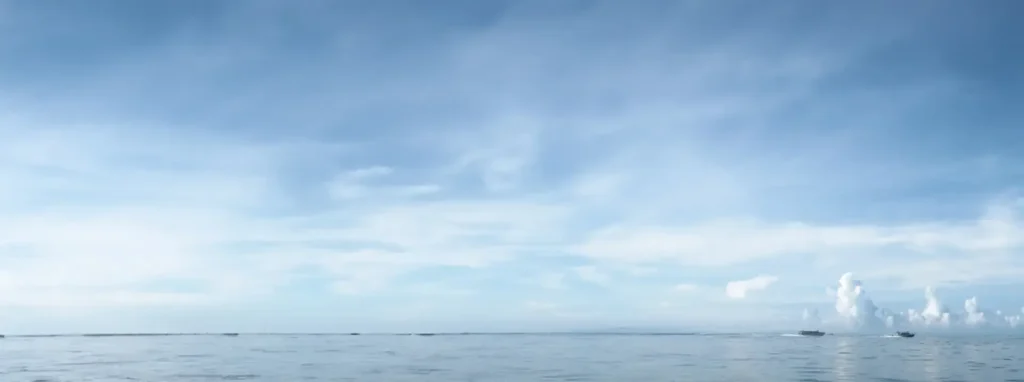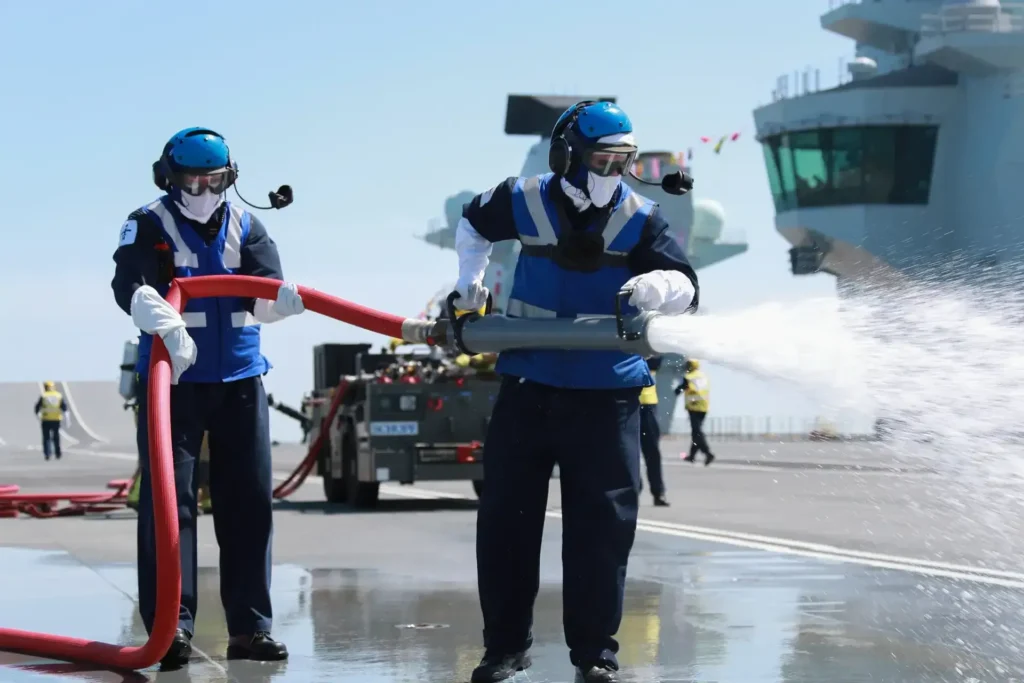Safeguard Engineering Ltd (SEL) has recently finished a 10-month project working on HMS PROTECTOR during her first in service Joint Extended Maintenance Period (Docking) (JEMP(D)) at UK Docks Teeside docking facility in Middlesbrough.
Scheduled every 5 years this docking period was an opportunity to overhaul main machinery items, rectify long term defects, and update and replace main equipment onboard. This included the new fit or replacement of the following equipment: Emergency/Harbour Generator, 60-ton crane, Pacific 24 Boat Davit, Ballast Water Treatment Plant, Main Broadcast System, Shore Supply arrangements and the Remotely Operated Vehicle crane.
History of HMS PROTECTOR
Formally M/V POLARBJØRN, HMS PROTECTOR was constructed as a Polar Research Icebreaker and a Subsea Support Vessel. In June 2011, the vessel was chartered by the MOD as a temporary replacement for the Ice Patrol Ship HMS ENDURANCE. In September 2013 HMS PROTECTOR was purchased outright and, since her acceptance into the Royal Navy, the vessel has been managed through a commercial support contract overseen by the Platform Authority Project Team, Naval Ship Support (NSS).
SEL Safety Services
During the 10-month docking period, in support of UK Docks, SEL were tasked to provide the following safety services:
- Evidence to support, and a submission to the Naval Authority for the Certificate of Safety Fire;
- Evidence to support, and a submission to the Naval Authority for the Certificate of Safety Propulsion Manoeuvring and Navigation Systems;
- Evidence to support, and a submission to the Naval Authority for the Certificate of Safety Aviation;
- A review and update to the Ship Aviation Safety Report (SASR);
- A review and update to the Platform Safety & Environmental Case Report;
- The creation of seven Safety Case Reports for the new and replacement equipment listed above.
This considerable package of work was managed as the PRTR 1962 Programme. All projects were delivered on time and the Naval Authority submissions were all successful. Throughout the programme’s duration the SEL work force have provided an invaluable service either directly or indirectly.
Commenting on the work, Kevin Johnson, Senior Safety Engineer and the 1962 Programme Manager at SEL said:
“This 10-month programme of work has been a challenge at times, delivering projects to changing engineering and safety requirements and within Covid-19 constraints and restrictions, but our team rose to the challenge and we are proud to be part of returning HMS PROTECTOR safely back to sea for the next exciting chapter of her in-service life.”
Despite logistical and engineering issues HMS PROTECTOR successfully sailed on Sunday 17 January 2021 for sea trails and Safety and Readiness Checks (SARC) in the North Sea. On completion the vessel will then return to her home base of Devonport for further preparations, before conducting Operational Sea Training into the spring. SEL will also be assisting in these preparations by conducting onboard assessments for the Helicopter Landing Area Certificate (HLAC) and Cargo Hold IMDG (International Maritime Dangerous Goods) Code.

About Safeguard Engineering Ltd
SEL is a leading specialist provider of Safety Engineering and Environmental Consultancy to the Ministry of Defence (MoD) and their industry partners. We are experienced in the provision of independent specialist advice and support on all aspects of Maritime Aviation. Our team consists of ex-Royal Weapon and Marine Engineers, Navy Aircrew, Air System Engineers and Air Traffic Control professionals with extensive and broad experience of land and maritime-based aviation. We regularly work with Royal Navy (RN) and Royal Fleet Auxiliary (RFA) ships.
About HMS PROTECTOR
HMS PROTECTOR is the Royal Navy’s Ice Patrol Ship and is tasked by Her Majesty’s Government: “To provide sovereign presence in the British Antarctic Territory, South Georgia and South Sandwich Islands and their surrounding maritime areas, to underpin their security and good governance; and meet the UK treaty obligations and exercise rights under the Antarctic Treaty System through inspections, hydrographic charting and support to scientific research”.







